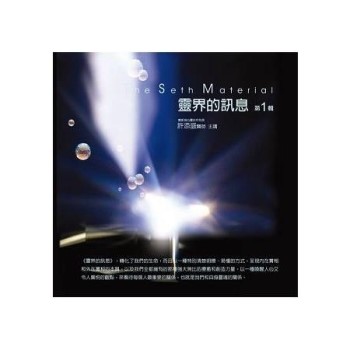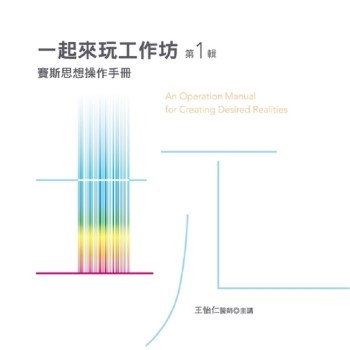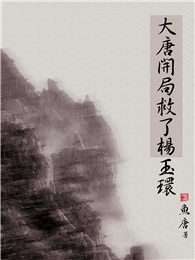The development of a coherent, cohesive visual system of mathematics brought about a seminal shift in approaches towards abstract thinking in western Europe. Vernacular translations of Euclid’s Elements made these new and developing approaches available to a far broader readership than had previously been possible. Scholarship has explored the way that the language of mathematics leaked into the literary cultures of England and the Low Countries, but until now the role of visual metaphors of making and shaping in the establishment of mathematics as a practical tool has gone unexplored. Mathematics and the Craft of Thought sheds light on the remarkable culture shift surrounding the vernacular language translations of Euclid, and the geometrical imaginary that they sought to create. It shows how the visual language of early modern European geometry was constructed by borrowing and quoting from contemporary visual culture. The verbal and visual language of this form of mathematics, far from being simply immaterial, was designed to tantalize with material connotations. This book argues that, in a very real sense, practical geometry in this period was built out of craft metaphors.
| FindBook |
有 1 項符合
Mathematics and the Craft of Thought in the Anglo-Dutch Renaissance的圖書 |
 |
Mathematics and the Craft of Thought in the Anglo-Dutch Renaissance 作者:Chan 出版社:Routledge 出版日期:2023-05-31 語言:英文 規格:平裝 / 226頁 / 23.34 x 15.57 cm / 普通級/ 初版 |
| 圖書館借閱 |
| 國家圖書館 | 全國圖書書目資訊網 | 國立公共資訊圖書館 | 電子書服務平台 | MetaCat 跨館整合查詢 |
| 臺北市立圖書館 | 新北市立圖書館 | 基隆市公共圖書館 | 桃園市立圖書館 | 新竹縣公共圖書館 |
| 苗栗縣立圖書館 | 臺中市立圖書館 | 彰化縣公共圖書館 | 南投縣文化局 | 雲林縣公共圖書館 |
| 嘉義縣圖書館 | 臺南市立圖書館 | 高雄市立圖書館 | 屏東縣公共圖書館 | 宜蘭縣公共圖書館 |
| 花蓮縣文化局 | 臺東縣文化處 |
|
|
圖書介紹 - 資料來源:博客來 評分:
圖書名稱:Mathematics and the Craft of Thought in the Anglo-Dutch Renaissance
內容簡介
作者簡介
Eleanor Chan is Leverhulme Early Career Fellow in the Music department at the University of Manchester. Her work focuses on the interaction between word, image and notation in early modern Europe, with a particular interest in the musical and the mathematical. She received her PhD in History of Art from the University of Cambridge and has published widely, with articles on the visual implications of the English cadence, the interdisciplinary interaction between music and art in the English Renaissance, Anglo-Dutch geometry and realism, the Amsterdam city harpsichord case and mathematical visual culture, and the competing editions of Descartes’ anatomical treatise.
|











